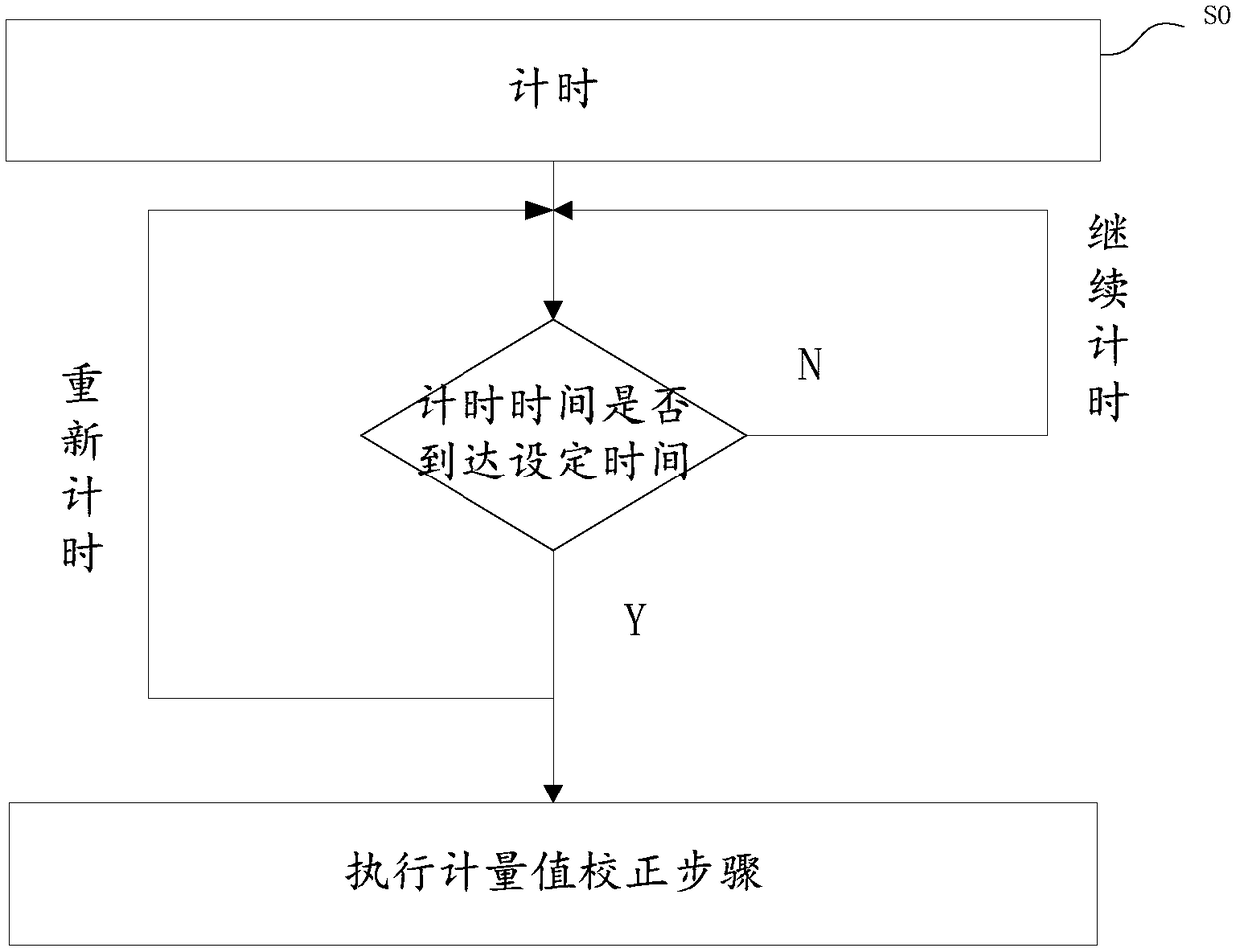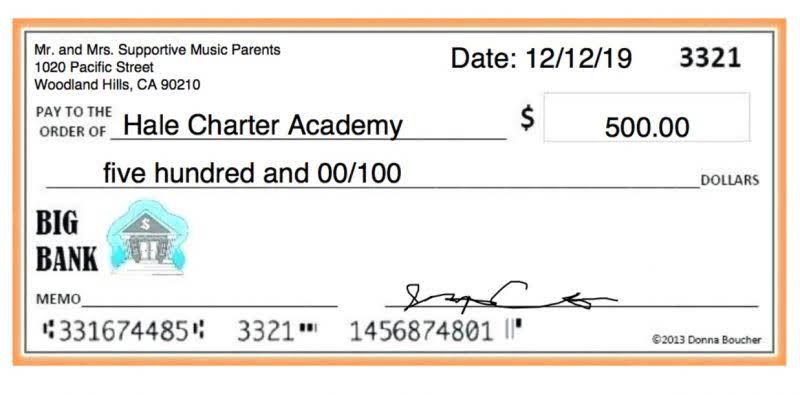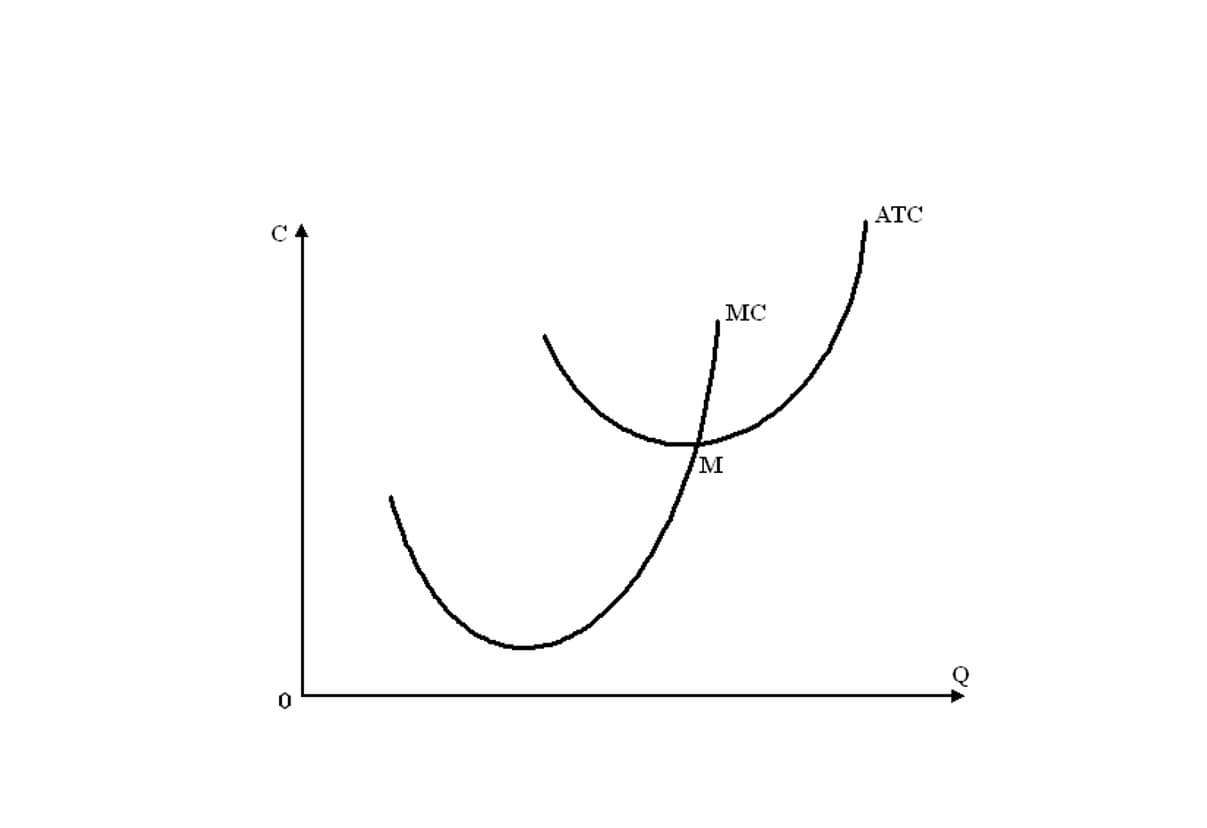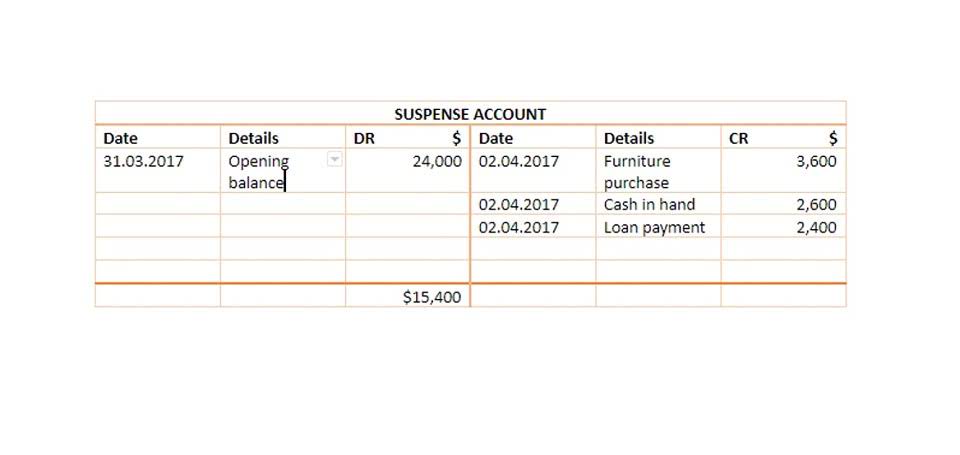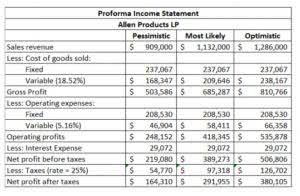If so, the liability suspense account is classified as a current liability. If you do not know who made the payment, review the open invoices to try to match up the payment. Before posting the payment, call your customer to verify the payment is correct. If you cannot identify the customer, hold the payment in suspense until a customer comes forward to claim the payment.
- This process is known as “zeroing” the suspense account, and should be performed on a regular basis.
- Keeping proper financial records is time-intensive and small mistakes can be costly.
- Stay up to date on the latest corporate and high-level product developments at BlackLine.
- Despite its mysterious connotations, „suspense“ in this case simply refers to the fact that a transaction or its designation in a company’s books has been suspended temporarily, pending some further action.
- A mortgage servicer can use a suspense account to hold funds when a borrower falls short on their required monthly loan repayment, possibly by accident.
For example, money may be transferred to a bank but not deposited into an account, or when money is received by a customer before a policy or contract is written. Ideally, a business will have a zero balance in the suspense account—or no suspense account listed—in its financial statements. This product integrates with all major ERP systems, importing the item count, aging, and business justification details of suspense accounts on a periodic basis. This allows all suspense accounts to be monitored and reported on from one centralized location. Your success is our success.From onboarding to financial operations excellence, our customer success management team helps you unlock measurable value. Through workshops, webinars, digital success options, tips and tricks, and more, you will develop leading-practice processes and strategies to propel your organization forward.
Automatically process and analyze critical information such as sales and payment performance data, customer payment trends, and DSO to better manage risk and develop strategies to improve operational performance. Maximize working capital with the only unified platform for collecting cash, providing credit, and understanding cash flow. Transform your accounts receivable processes with intelligent AR automation that delivers value across your business. Standardize, accelerate, and centrally manage accounting processes – from month-end close tasks to PBC checklists – with hierarchical task lists, role-based workflows, and real-time dashboards. When you record uncertain transactions in permanent accounts, you might have incorrect balances. Suspense accounts help you avoid recording transactions in the wrong accounts.
Suspense account examples
An accountant was instructed to record a significant number of journal entries written by the controller of a large company. Unfortunately, there was one amount that did not have an account designated. In order to complete the assignment by the deadline, the accountant recorded the „mystery“ amount in the general ledger Suspense account.
- Once you find the reason for the trial balance and correct it, the account is closed and removed from the trial balance.
- For the purposes of the exam, any errors which must be identified and corrected will be realistic in terms of a computerised accounting system.
- Automate invoice processing to reduce manual invoicing costs, maintain compliance with e-invoicing regulations, and increase efficiency across your invoice-to-pay process.
- Get up and running with free payroll setup, and enjoy free expert support.
However, all transactions require complete and accurate information before they can be entered into the financial records. If you have taken over the accountancy for a company and they have a suspense account it is important to ensure that these amounts are explained, identified, and finally removed and placed in the correct account. BlackLine partners with top global Business Process Outsourcers and equips them with solutions to better serve their clients and achieve market-leading automation, efficiencies, and risk control. By outsourcing, businesses can achieve stronger compliance, gain a deeper level of industry knowledge, and grow without unnecessary costs. Whether you’re new to F&A or an experienced professional, sometimes you need a refresher on common finance and accounting terms and their definitions.
Using a suspense account
A suspense account is essentially a bookkeeping technique for keeping track of funds for a brief period until particular issues are resolved. A business can use a suspense account to record payments it has received but that can’t be properly accounted for until certain missing information (such as an invoice number) is obtained. In mortgage servicing, it is a way for the servicer to record incomplete monthly payments until the borrower has made the payment in full. Brokerage firms also use suspense accounts to, for example, keep track of a customer’s money between the time they sell an investment and when they reinvest that money.
In the aforesaid paragraphs, we have discussed that ‘Suspense Account’ is a temporary account opened with the amount of difference in both sides of the trial balance. By putting the amount on the shorter side of the trial balance, trial balance can be totaled up and balanced. It is worth mentioning that thereafter, as and when the errors get detected, the amount is transferred from Suspense Account to the respective account. In case of disagreement of total of trial balance, the accountant puts the difference on the shorter side of the trial balance as ‘Suspense Account’ and proceeds for preparation of final accounts.
You buy a fixed asset but don’t receive it until it’s paid off
Go beyond with end-to-end transformation.Powerful technology is only part of the story. Successful transformation requires expert guidance from a trusted partner. Explore offerings that unlock new transformation opportunities and make transformation a reality.
What Is the Difference Between a Suspense Account and a Clearing Account?
You also avoid failing to record a transaction because of missing information. When you get the information you need, reverse the suspense account entry and make an entry in the permanent account. This closes out the suspense account and posts the transaction to the correct account.
Often, the bookkeeper can simply scan the books for the culprit and correct the problem. When they can’t identify the error, they rely on a tool called the suspense account. You will likely see a suspense account come up on your business’s Trial Balance, so it is worth understanding how it functions to help balance your books and secure your bottom line.
BooksTime bookkeepers can help you balance your books with confidence and precision. Get a free consultation to learn more about how professional accounting services can help you grow your business while saving you valuable time and money. Accounting is about hard numbers, but human errors naturally occur from time to time. If you own a business, you may wonder how accountants handle these errors and accurately balance your books despite them.
What Is a Suspense Account?
Just like any to-do pile, the suspense account cannot hold your mystery amounts forever, and its proper place will need to be determined. Businesses may decide to clear their suspense accounts quarterly, while smaller companies may do so more often. A trial balance is a worksheet with totals of all accounts in the general ledger. Trial balances are usually prepared at the end of the reporting period to make sure that all credits and debits are equal. A suspense account may be added to the trial balance when there are understated or overstated balances that cannot be corrected before the end of the reporting period. A trial balance is the closing balance of an account that you calculate at the end of the accounting period.
Despite its mysterious connotations, „suspense“ in this case simply refers to the fact that a transaction or its designation in a company’s books has been suspended temporarily, pending some further action. The amount of Suspense Account helps to locate the errors because with the accrual accounting & prepayments amount of Suspense Account, the accountant can find the errors committed in the past. When trial balance does not agree, in that case the amount of difference can be put on the shorter side of the trial balance as ‘Suspense Account’ and thus, the trial balance stands closed.
You can move the funds to the appropriate account and close the suspense account when you get the total amount. As the name suggests, a suspense account is an account that temporarily records amounts that are yet to have their proper accounts determined. In balance sheet terms, a suspense account is not ideal, as it can prevent you from accurately balancing the books. However, in your day-to-day business activities, using a suspense account in accounting is much like placing a document on a “to file” pile.






